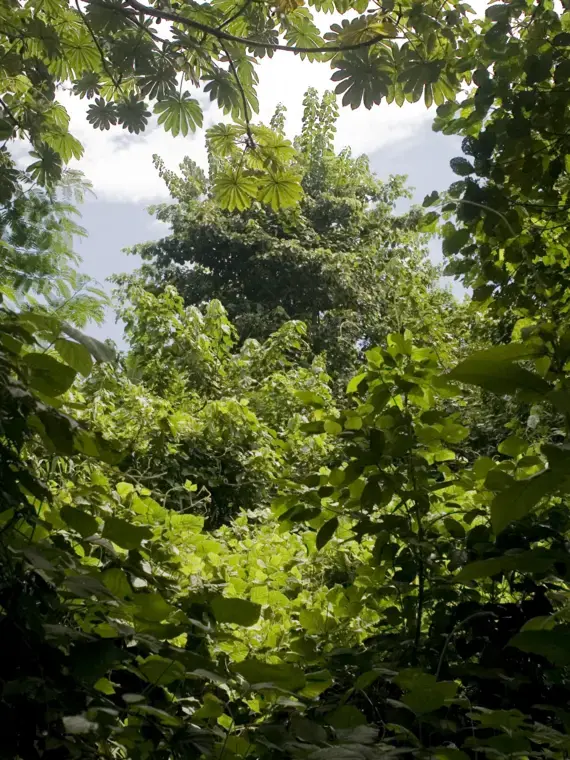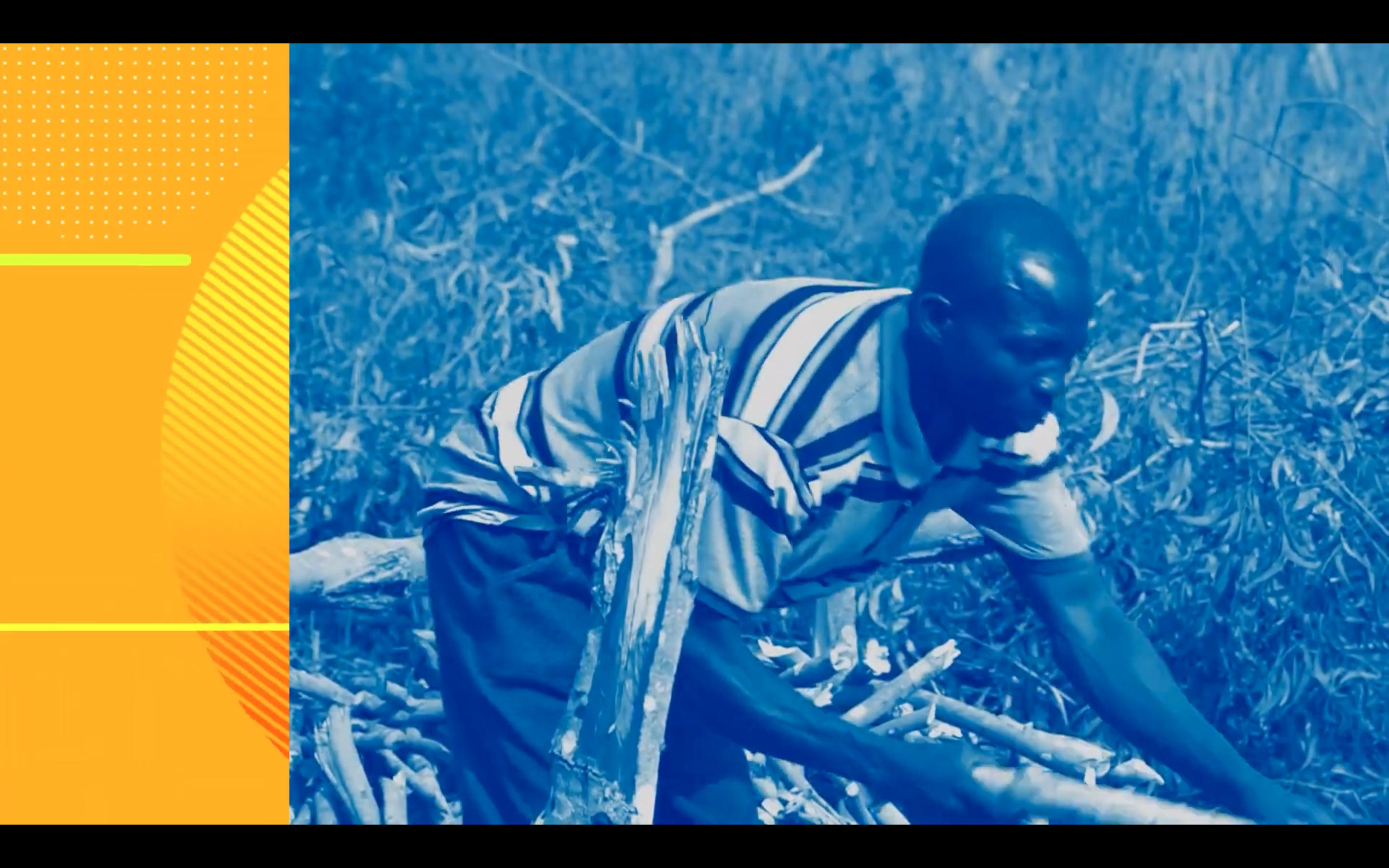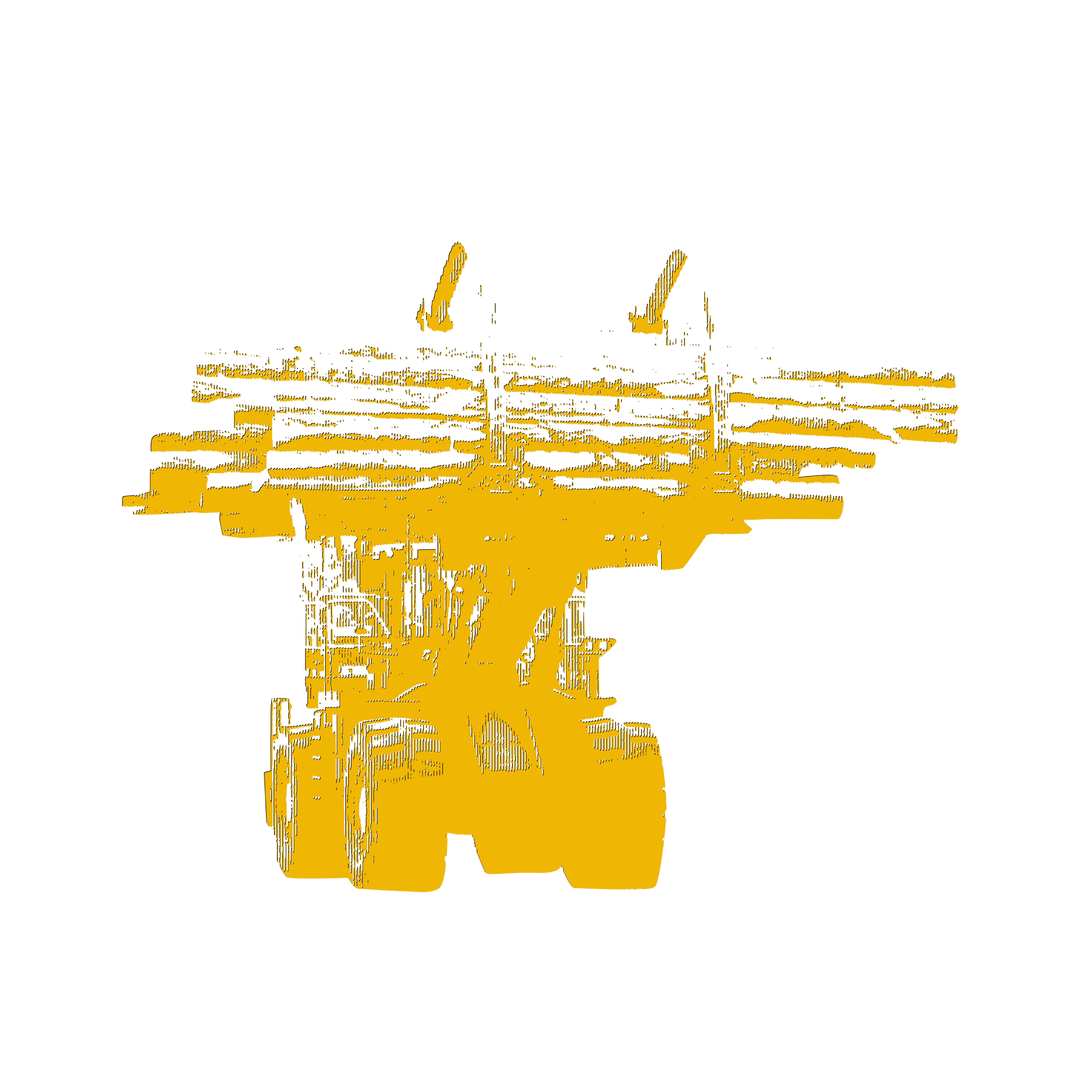Forests comprise 120 million hectares of the Democratic Republic of Congo, almost 60% of its national territory, half of the total area of African forests and 10% of the world's forests. However, the future of these forests, sometimes referred to as "the second lungs of the Earth" (with the Amazon rainforest being the "first lungs"), is threatened, especially by human activities. One of the main causes of deforestation is the increase in subsistence activities like slash-and-burn agriculture and firewood harvesting.
In order to meet the challenge of reconciling smallholder farming and sustainable development, agroforestry projects have been implemented for several years in several provinces across the country. This is notably the case in the village of Nsio on the Bateke plateau on the outskirts of Kinshasa, the capital of the DRC, and also in Gungu in the Kwilu province, where new environmentally friendly agricultural methods are being taught to communities.
How has this new agricultural practice changed the lives of the communities? Beyond the agricultural and economic benefits it brings to local communities, can agroforestry be an effective means of combating deforestation, based on the case of Nsio and Gungu? These are some of the questions that this reporting project explores.










